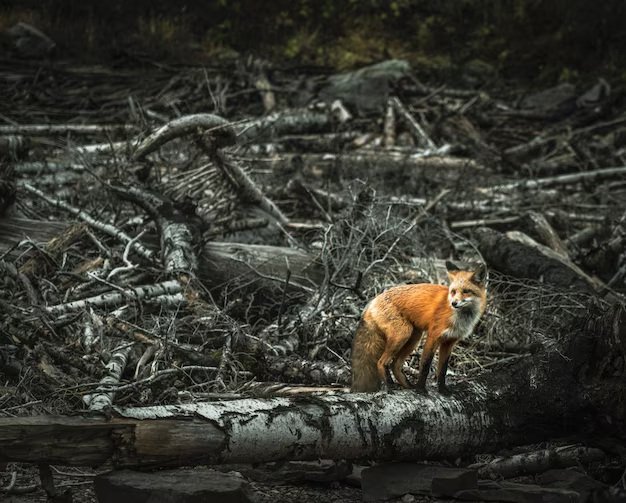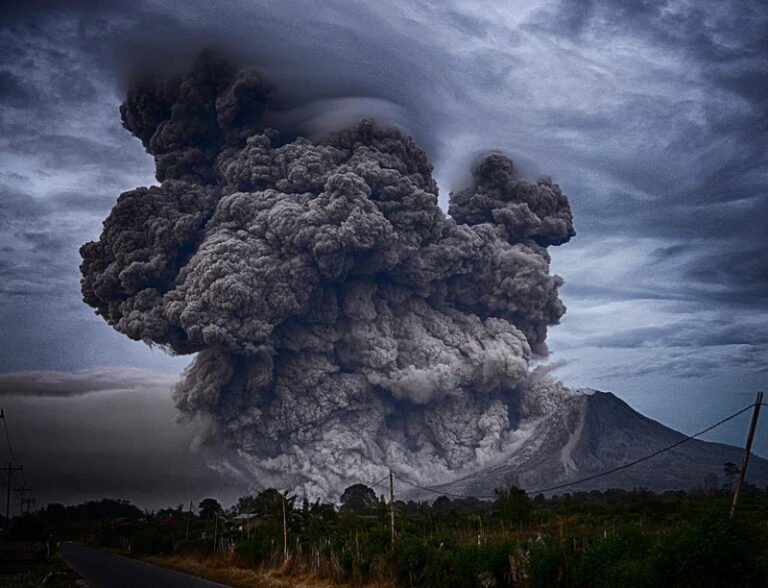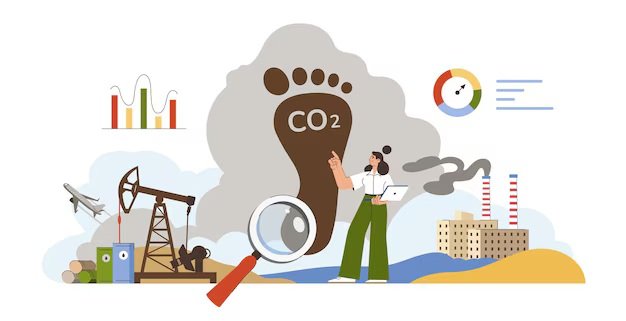5 Effects of Deforestation on Animals: Understanding the Impact and Taking Action
Forests are where most of the world’s land-based animals live. When trees are cut, burned, or cleared for farms and cities, animals lose the places they eat, sleep and raise young. According to the Food and Agriculture Organization (FAO), the world lost about 10 million hectares of forest per year in the 2015–2020 period. This steady loss removes habitat at a scale that makes survival harder for many species.
These losses show up in the numbers: wildlife populations monitored by conservation groups are falling fast. According to the World Wide Fund for Nature (WWF), monitored wildlife populations have declined by an average of 73% since 1970, a trend for which habitat loss — including deforestation — is a major driver. That decline is not abstract: it means far fewer deer, monkeys, frogs and countless insects in many places where they used to be common.
The pattern is also recent and accelerating in places. Fire and agricultural conversion triggered record tropical forest losses in 2024, with fires responsible for almost half of the clearing that year — a sharp shift in the drivers of forest loss and a fresh threat for animals that cannot escape quickly enough.

How Animals Lose Their Homes, Their Food and Their Futures
When trees fall, animals lose the places they live and the food web that supports them. The most obvious effect is habitat loss: whole populations are pushed into smaller and smaller patches of forest until those patches can no longer support viable populations. According to the World Resources Institute, tropical primary forests lost an estimated 6.7 million hectares in 2024 — an area nearly the size of Panama — with fires a major driver of that loss.
Second, forest fragmentation cuts once-connected landscapes into isolated “islands.” Fragmentation reduces genetic exchange between animal groups, raises the risk of inbreeding and makes populations more vulnerable to disease, extreme weather and local extinction. A 2025 study that separated the effects of habitat loss and fragmentation found that shrinking patch size was especially harmful for many species, while fragmentation itself produced mixed but often negative outcomes.
Third, the food web itself is upset. Many forest animals rely on particular trees, fungi or insects. When specific tree species are removed, specialist feeders — for example, frugivores that eat only certain fruits — lose their food source and sometimes their role in seed dispersal, which in turn slows forest recovery. Researchers working with lemurs in Madagascar documented how loss of forest cover directly lowers lemur densities and disrupts seed dispersal processes that many tree species depend on.
Fourth, forest loss increases dangerous encounters between people and wildlife. Animals pushed into farms and villages raid crops or livestock, often provoking retaliation from people. At the same time, smaller and stressed animal populations become easier targets for poaching and illegal trade. Park rangers and Indigenous community members report that animals are becoming “caged in” by fences and fields, forced into risky movements across roads and towns.
Fifth, local extinctions and cascading effects multiply. When a top predator or a keystone seed disperser disappears, entire ecosystems can shift. Trees that rely on certain animals to spread seeds fail to regenerate, insect outbreaks can increase without natural predators, and the whole mix of species changes. Conservation bodies and researchers warn that the loss of many tree species and the animals that depend on them threatens broader ecosystem stability.
Real-World Stories and Recent Studies That Show What’s Happening Now
Across continents, we see those five effects in action. In Argentina’s Gran Chaco, local Indigenous voices and park rangers describe how logging, road-building and burning cleared great swathes of forest and left wildlife trapped in ever-smaller refuges. A field ranger told reporters, “First they chop down the trees of value, then they come for the rest. Afterwards, they set fire to the land, killing everything.” The Gran Chaco has lost millions of hectares and biologists say jaguars, giant armadillos and many other species are now at urgent risk.
In Madagascar, long-term studies show a rapid decline in lemur populations where forest cover has shrunk. Scientists combining satellite land-cover change with field surveys found declining densities for many lemur species in areas of forest loss, and because some lemurs are critical seed dispersers, the decline affects the whole forest’s ability to regenerate. One research team working in the Vohibe area reported firsthand how forest degradation and hunting together push those species toward extinction.
The global data backs up these local stories. The World Resources Institute’s 2025 report shows that 2024’s spike in forest losses was driven largely by fires, and that primary forest loss produced more carbon emissions than in many previous years, with direct consequences for forest-dependent species and the climatic conditions they need. The report also noted that fires and land conversion together made 2024 a record year for tropical primary forest loss.
Country-level dashboards also show the scale and variety of the problem. Global Forest Watch reports that Indonesia lost tens of millions of hectares of tree cover across 2001–2024, with land-use change and fires both contributing to the decline; Brazil recorded millions of hectares of loss in recent years as well, concentrated in critical Amazonian landscapes. These national patterns are why species losses and local extinctions are concentrated in certain hotspots.
Conservation projects are responding with targeted approaches. In Colombia, authorities and partners have established jaguar protection corridors that aim to reconnect habitat so jaguars can move safely between forest blocks — a practical example of how restoring connectivity can reduce the harm caused by fragmentation. A program launched in 2024–2025 involved communities, UNDP and conservation NGOs to install fencing, reduce livestock losses and promote coexistence.
What the Science and Frontline Workers Tell Us About Solutions
The research and the people working in forests point toward three consistent lessons: protect large intact forests, reconnect fragments, and support communities. Protecting large tracts of primary forest reduces the immediate loss of habitat and preserves climate stability. Where forests are already fragmented, restoring ecological corridors or protecting stepping-stone patches helps animals move, find mates and retain genetic diversity. And because most deforestation is driven by human activities — agriculture, logging, mining and fires — effective solutions must involve local communities who depend on the land and enforce rules on the ground.
Programs that combine scientific planning with local leadership show promise. For example, jaguar corridor projects in Colombia brought together farmers, former combatant groups, conservation groups and international partners to reduce direct conflict and restore linkages between forest patches. In Madagascar, community-led monitoring and targeted protection around key lemur habitats have helped researchers slow declines at specific sites. A growing body of literature also highlights that simple measures — such as preventing fires during dry seasons, enforcing deforestation laws, and promoting sustainable agricultural practices — produce tangible benefits for wildlife if they are implemented at scale.
Experts emphasise that solutions must be honest about trade-offs. Economic development pressures are real in many regions. In Argentina’s Chaco, for instance, local officials sometimes frame forest clearing as a route out of poverty despite evidence that unregulated deforestation can leave regions poorer and more degraded over time. Conservationists, therefore, argue for policies that align livelihoods with forest health: payments for ecosystem services, sustainable supply-chain commitments from companies, and stronger enforcement against illegal land grabs.
Actions you can take today — practical steps that help animals
First, support credible conservation organisations that work on the ground and with communities in forest regions. Look for groups that publish transparent budgets and outcomes, and that combine science with local leadership.
Second, as a consumer, reduce demand for products linked to deforestation — choose verified sustainable palm oil, timber and beef, and support companies that publish credible supply-chain verification.
Third, advocate for stronger governance: contact elected officials and urge enforcement of forest protection laws, better support for rural livelihoods, and transparency in land-use decisions.
Fourth, help reduce the risk of forest fires by supporting local fire-prevention and monitoring initiatives in your region — many fire events that destroy forest habitat are human-caused and preventable.
Finally, share reliable information and stories: raising awareness about real cases, like the jaguars of Colombia, the lemurs of Madagascar, or the communities in Gran Chaco, builds public pressure for change.
Learn More: 10 Negative Effects of Deforestation on the Environment
Conclusion
Deforestation is not only a loss of trees. It is the unravelling of complex lives and relationships built over millennia. The good news is that science, combined with the courage of community leaders and pragmatic policy, offers a path to slow and reverse some of the damage. If we choose protective policies and practical help — from corridor restoration to sustainable farming and fire prevention — we buy time for species to survive and for forests to heal. The animals need that time. So do we.







